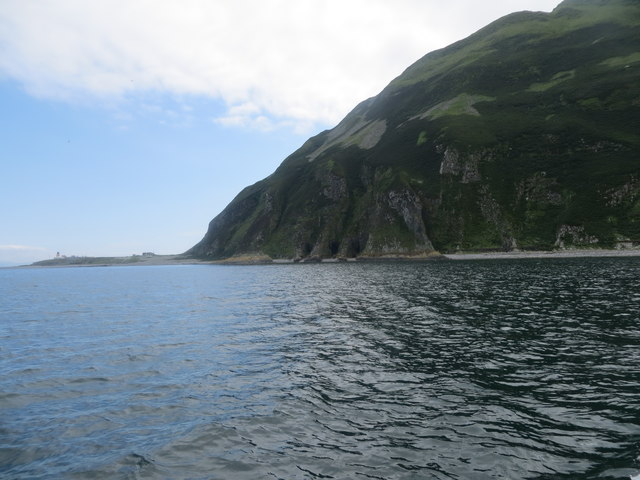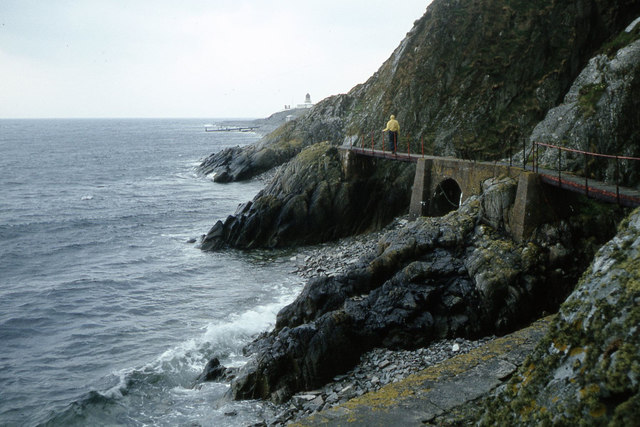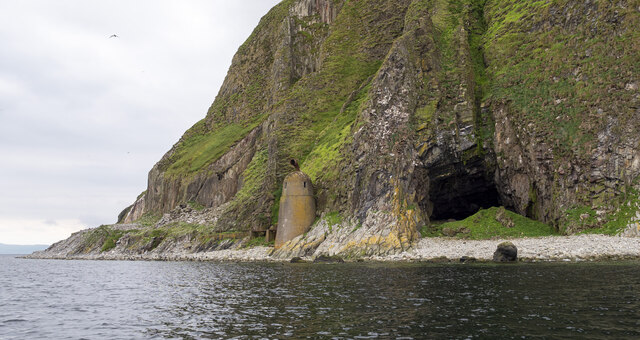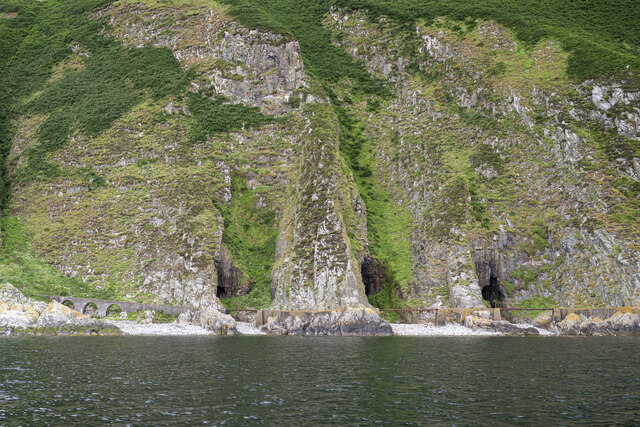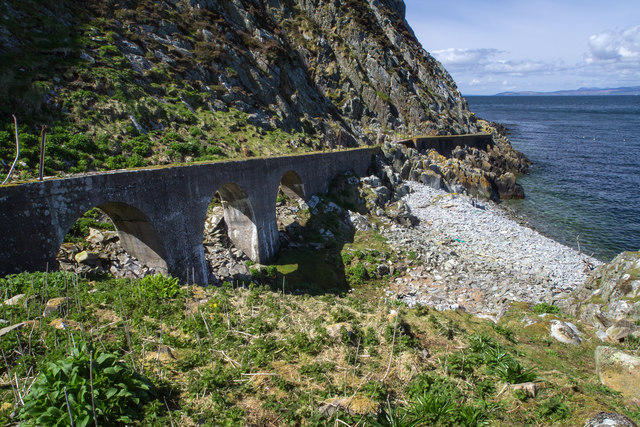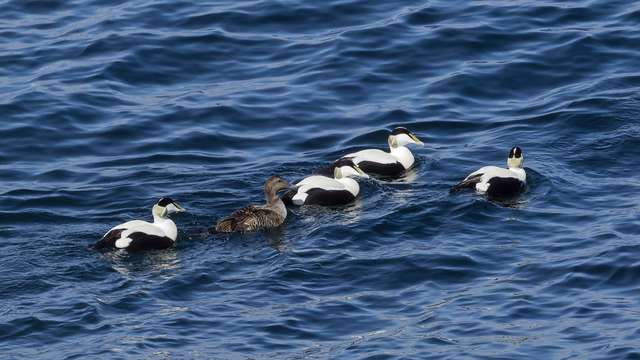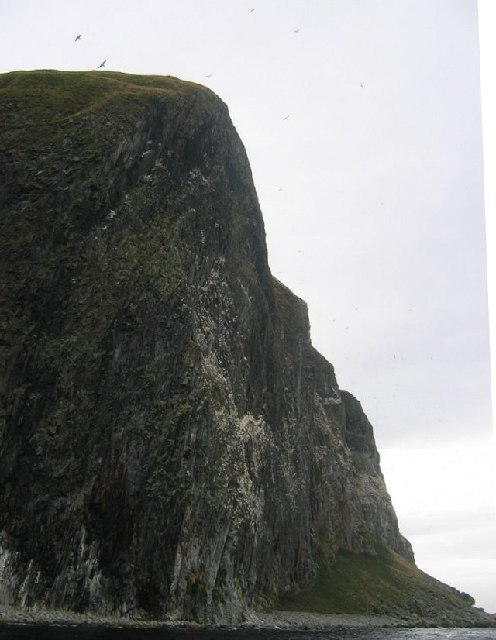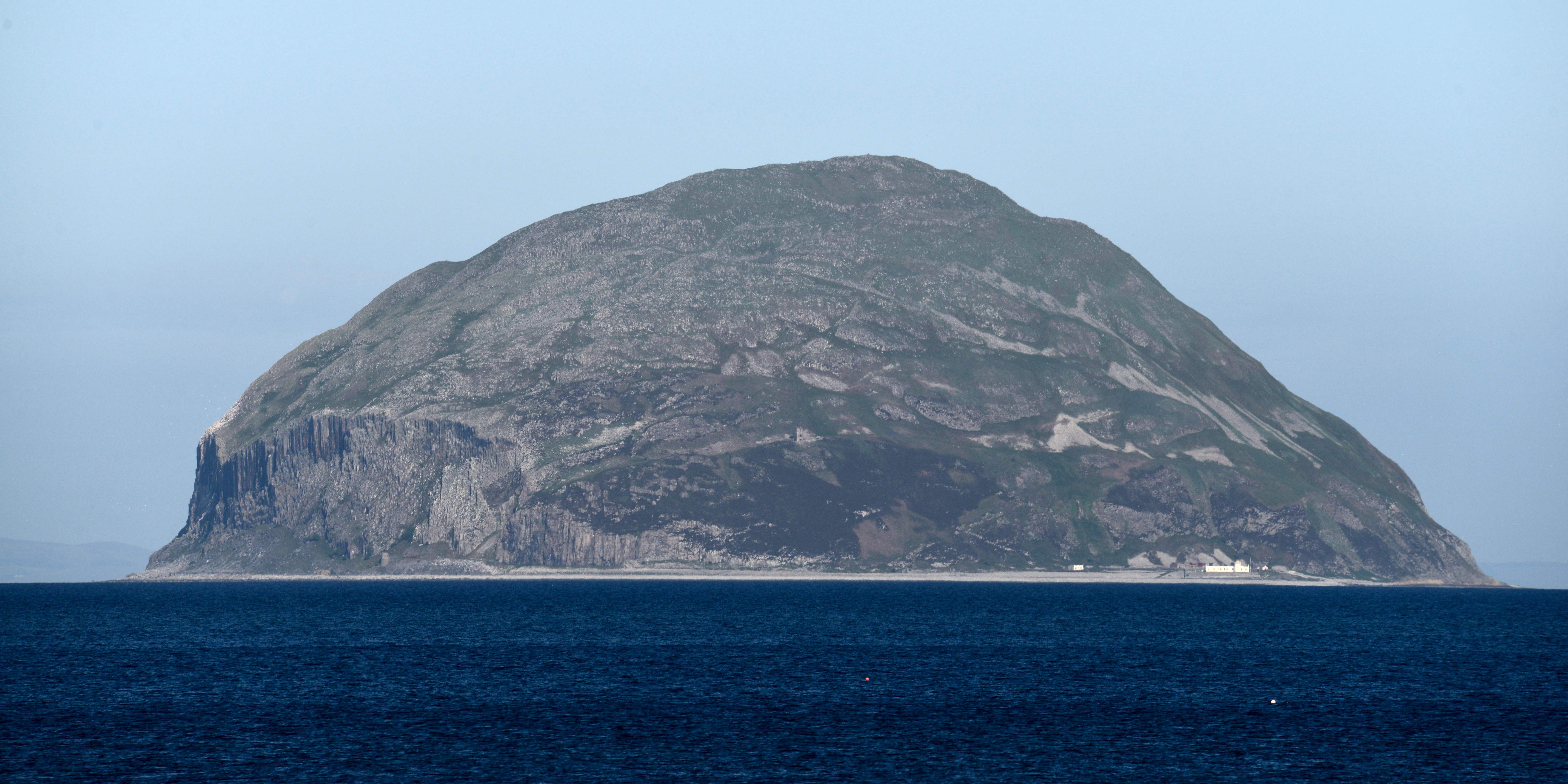Ailsa Craig
Island in Ayrshire
Scotland
Ailsa Craig
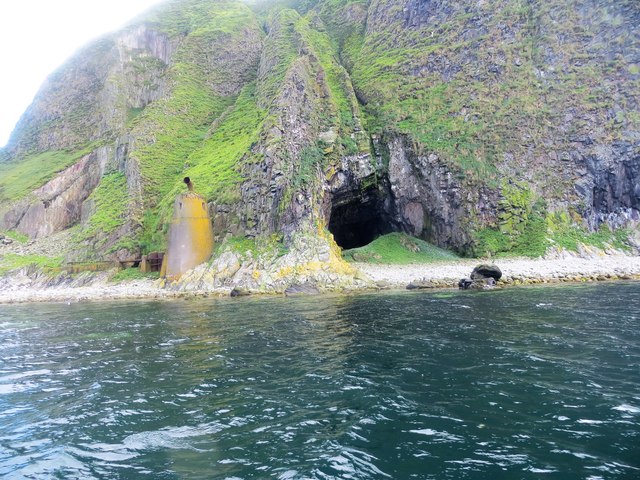
Ailsa Craig is a small, uninhabited island located off the coast of Ayrshire, Scotland. It is situated in the Firth of Clyde, approximately 16 kilometers west of Girvan. The island spans an area of around 100 hectares and rises to a height of 338 meters above sea level, making it a prominent landmark in the region.
Ailsa Craig is renowned for its distinctive conical shape, which is the result of volcanic activity millions of years ago. The island is composed mainly of microgranite, a type of igneous rock that is highly sought after for its use in the production of curling stones. In fact, Ailsa Craig has been the primary source of this unique rock used in the sport of curling since the 19th century.
Despite being uninhabited, the island has a rich history. It was once used as a refuge for early Christian hermits and later became a sanctuary for persecuted Covenanters during the 17th century. In the 19th century, a lighthouse was constructed on the island to guide ships passing through the Firth of Clyde.
Today, Ailsa Craig is a designated bird sanctuary and is home to a wide variety of seabirds, including puffins, gannets, and guillemots. It is also a popular destination for birdwatchers and nature enthusiasts, who can visit the island by boat during the summer months. The unique geological features, historical significance, and abundant wildlife make Ailsa Craig an intriguing and picturesque destination for visitors.
If you have any feedback on the listing, please let us know in the comments section below.
Ailsa Craig Images
Images are sourced within 2km of 55.252101/-5.1156416 or Grid Reference NX0299. Thanks to Geograph Open Source API. All images are credited.
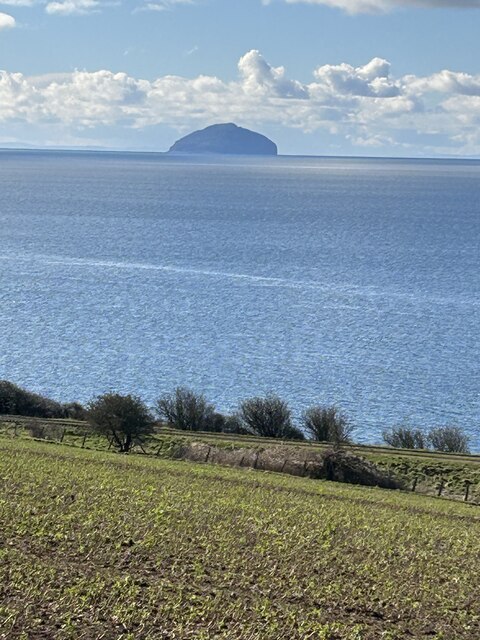
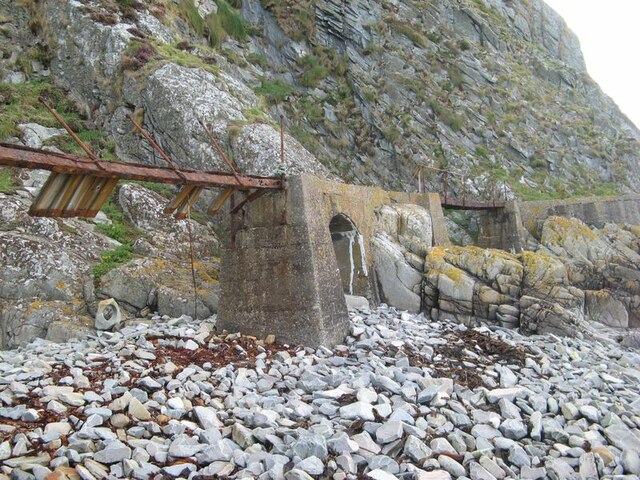
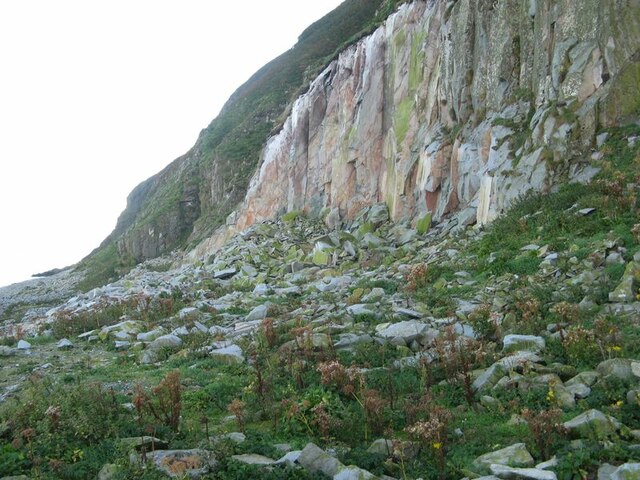
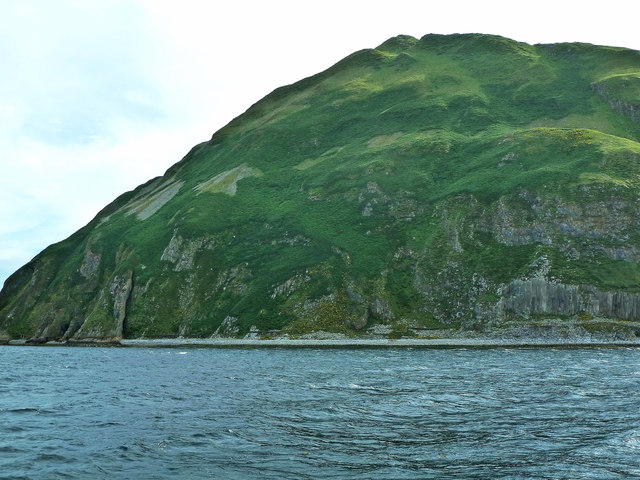
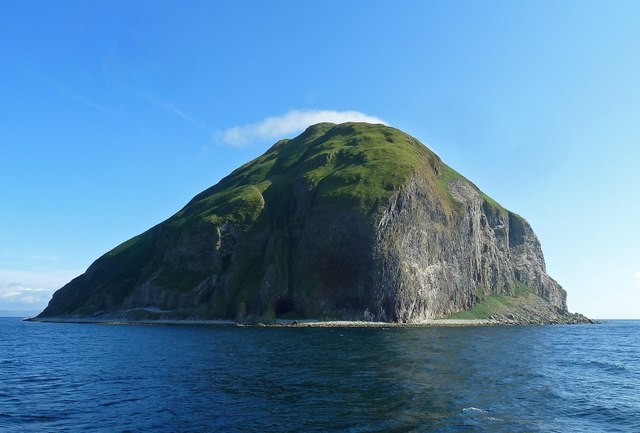
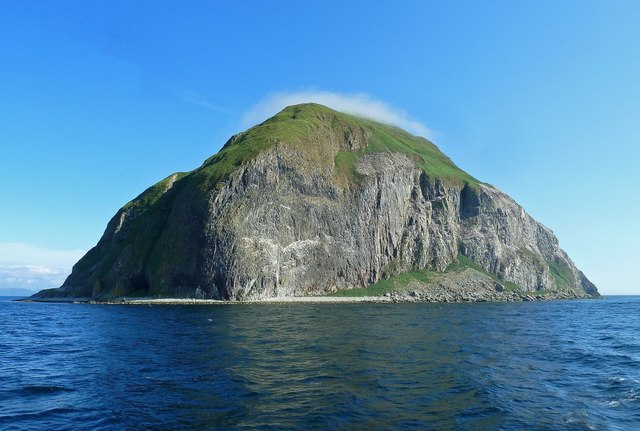
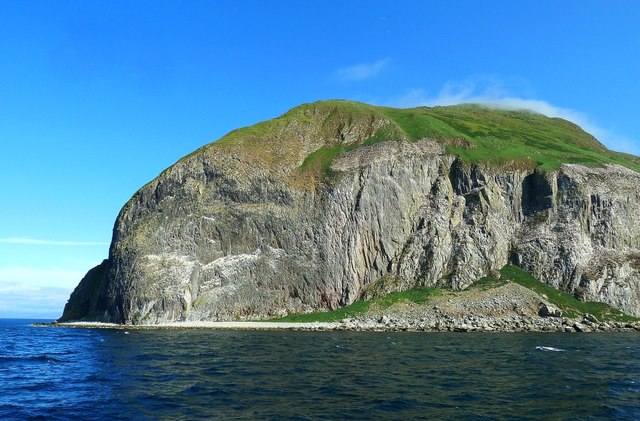
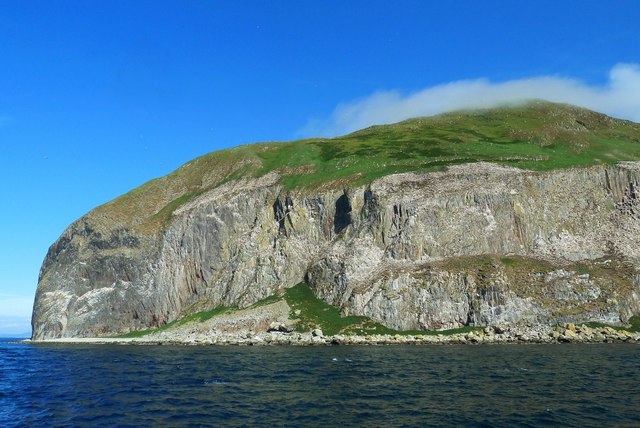
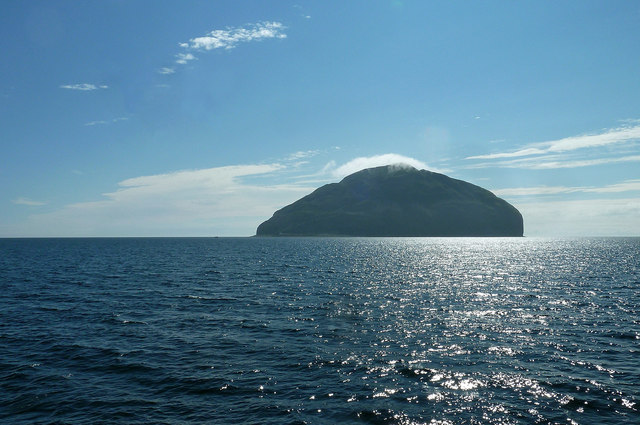
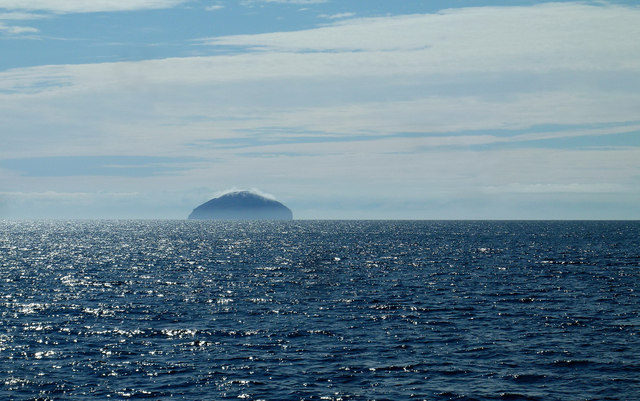
Ailsa Craig is located at Grid Ref: NX0299 (Lat: 55.252101, Lng: -5.1156416)
Unitary Authority: South Ayrshire
Police Authority: Ayrshire
What 3 Words
///moods.jugs.tulip. Near Girvan, South Ayrshire
Nearby Locations
Related Wikis
Ailsa Craig
Ailsa Craig (; Scots: Ailsae Craig; Scottish Gaelic: Creag Ealasaid) is an island of 99 ha (240 acres) in the outer Firth of Clyde, 16 km (8+1⁄2 nmi) west...
Ailsa Craig Lighthouse
The Ailsa Craig Lighthouse, is an active 19th century lighthouse located on Ailsa Craig, an island in the Firth of Clyde, just offshore from Girvan, South...
Nearby Amenities
Located within 500m of 55.252101,-5.1156416Have you been to Ailsa Craig?
Leave your review of Ailsa Craig below (or comments, questions and feedback).
